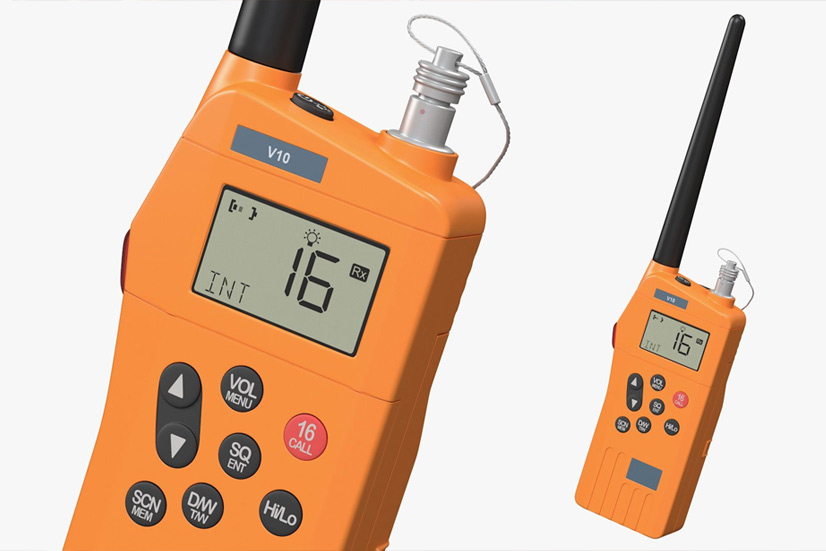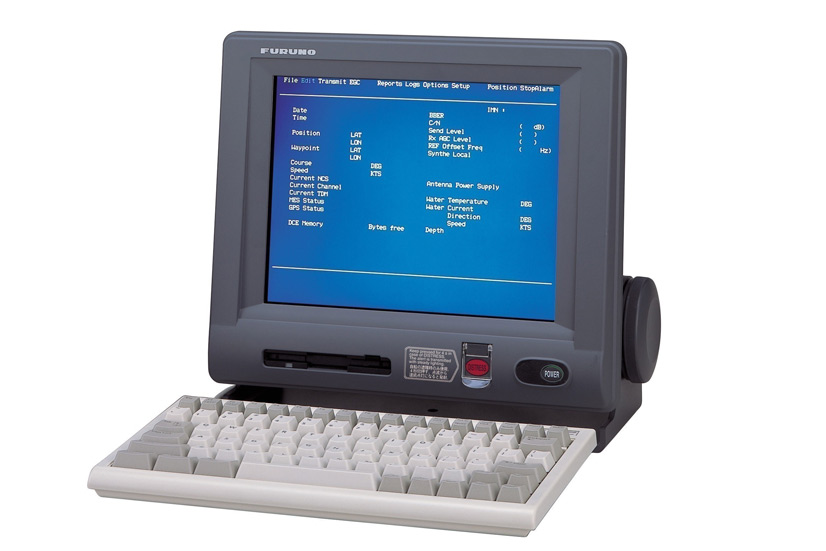A full overall Personal Protective Equipment (PPE) kit typically includes a range of items designed to protect individuals from various workplace hazards, such as chemical exposure, physical impacts, respiratory risks, and more. The specific components of a full overall PPE kit may vary depending on the industry, job tasks, and safety regulations.
DISINFECTANTS ITEMS
FULL OVERALL PPE KITS


MASKS N 95, KN 95, SURGICAL MASKS
N95, KN95, and surgical masks are three types of face masks commonly used for various purposes, especially during situations where respiratory protection is required, such as in healthcare settings and to prevent the spread of infectious diseases. Each type of mask has specific features and purposes, and they offer varying levels of protection.
SURGICAL GLOVES
Surgical gloves, also known as medical gloves or sterile gloves, are disposable gloves specifically designed for use by healthcare professionals during medical procedures to maintain a sterile environment and prevent cross-contamination. These gloves are a critical component of infection control in healthcare settings.


SANITIZERS
Sanitizers are products designed to reduce or eliminate harmful germs, bacteria, viruses, and other microorganisms from surfaces, skin, or objects. They are widely used for personal hygiene, disinfection, and infection control in various settings, including healthcare, homes, workplaces, and public places. There are different types of sanitizers, and their effectiveness may vary depending on their active ingredients and purpose.
SODIUM HYPO CHLORITE
Sodium hypochlorite, often abbreviated as NaClO, is a chemical compound that is widely used for its disinfectant and bleaching properties. It is a chlorine-based compound and is most commonly known as household bleach or simply bleach. Sodium hypochlorite is used for various purposes, including water treatment, disinfection, and laundry.


FACE SHIELDS
Face shields are personal protective equipment (PPE) devices that provide a transparent, plastic barrier that covers the face. They are designed to protect the wearer’s face, particularly the eyes, nose, and mouth, from potentially infectious droplets, splashes, and airborne particles. Face shields have been widely used during the COVID-19 pandemic, especially in healthcare settings, but they also have applications in various other industries.
SHOE COVERS
Shoe covers, also known as shoe protectors or booties, are protective coverings designed to be worn over shoes or boots to prevent contamination and maintain cleanliness in various environments. They are commonly used in healthcare settings, cleanrooms, laboratories, construction sites, and other places where cleanliness and hygiene are essential.


HAND WASH
Handwashing is a fundamental hygiene practice that involves cleaning your hands with water and soap to remove dirt, germs, bacteria, and viruses. It is one of the most effective methods for preventing the spread of infections, including common illnesses like colds and flu, as well as more serious diseases like COVID-19. Proper handwashing helps protect both your health and the health of others.
GMDSS WALKIE-TALKIES
Walkie-talkies, also known as two-way radios, are portable handheld communication devices that allow users to transmit and receive voice messages over short to medium distances without the need for a centralized network or infrastructure. While walkie-talkies are commonly used in various industries and recreational activities, they are not typically part of the Global Maritime Distress and Safety System (GMDSS), which is a specialized and internationally regulated system for maritime communication.



WALKIE-TALKIES
Walkie-talkies, also known as two-way radios, are portable communication devices that allow users to transmit and receive voice messages wirelessly over short to medium distances. They are widely used in various applications where real-time communication between individuals or groups is needed.
GYRO
A gyro, short for gyroscope, is a device that is used to measure or maintain orientation and angular velocity. Gyroscopes are widely employed in various fields, including navigation, engineering, aviation, and space exploration. They are based on the principles of angular momentum and the conservation of angular momentum.


SPEED LOG
A speed log, also known as a ship’s log or ship’s speedometer, is an instrument used to measure and display the speed of a vessel through water. It is an essential navigational tool for ships and boats, providing real-time information about a vessel’s speed, which is crucial for safe and efficient navigation.
SART
A Search and Rescue Transponder, often abbreviated as SART, is a vital piece of safety equipment used in the maritime industry and aviation to aid in locating and rescuing distressed vessels, aircraft, or individuals at sea. SARTs are a crucial component of the Global Maritime Distress and Safety System (GMDSS) and are designed to enhance search and rescue operations.


EPIRB
An Emergency Position-Indicating Radio Beacon (EPIRB) is a critical distress alerting and locating device used in maritime and aviation emergencies. EPIRBs are designed to transmit a distress signal to search and rescue authorities, providing information about the location of the vessel or aircraft in distress.
VDR/SVDR
A Voyage Data Recorder (VDR) and a Simplified Voyage Data Recorder (SVDR) are specialized onboard data recording systems used in the maritime industry to enhance safety, assist accident investigations, and improve the overall operational efficiency of vessels. Here are the key aspects of VDRs and SVDRs:


SAT COMPASS
A satellite compass, often referred to as a GPS compass or GNSS (Global Navigation Satellite System) compass, is a sophisticated navigation device that uses signals from multiple satellites to determine precise headings and navigational information. Unlike traditional compasses, which rely on the Earth’s magnetic field, satellite compasses provide accurate information regardless of magnetic disturbances or geographic location.
AIS
AIS, or Automatic Identification System, is a technology used in the maritime industry to improve the safety and efficiency of vessel traffic. AIS enables ships and shore-based stations to exchange real-time information about their identity, position, course, and speed. Here are key aspects of AIS:



AUTO PILOT
An autopilot is a sophisticated electronic system used in various vehicles, including aircraft, ships, and even automobiles, to control and steer the vehicle without direct human intervention. Autopilots are designed to assist and relieve the human operator from the constant manual control of the vehicle, allowing them to focus on other tasks or reduce fatigue during long journeys.
BNWAS
Bridge Navigational Watch Alarm System (BNWAS) is a safety system installed on vessels to monitor the bridge (navigational) watch and ensure that a proper lookout is maintained at all times, especially during periods when the ship is at sea. BNWAS is an important safety measure designed to prevent accidents and collisions caused by inattentiveness or fatigue of bridge watch personnel.


REPROGRAMMING
Reprogramming refers to the process of modifying or updating the software or firmware of a computer, electronic device, or system to change its behavior, add new features, fix issues, or improve performance. Reprogramming can be applied to a wide range of devices and systems, from smartphones and computers to embedded systems, microcontrollers, and industrial machinery.
RETROFITS
Weather fax, short for “weather facsimile,” is a method of transmitting weather charts, satellite images, and other meteorological information over radio frequencies to ships, aircraft, and other users. It’s a way to provide visual
weather data to remote locations, particularly at sea.
In summary, weather fax is a technology used for transmitting visual weather data over radio frequencies. It has been an important tool in maritime and remote environments, although it has been partially replaced by digital communication methods in recent years. It remains relevant for certain applications, particularly in situations where simplicity and reliability are essential.


INTERCOM (PAGING)AND TELEPHONE SYSTEM
ntercom and telephone systems are communication systems used in various settings, such as homes, businesses, institutions, and industrial facilities, to facilitate voice communication among individuals or different parts of a building or complex. While both systems serve communication purposes, they have distinct features and applications.
